Course on
Innovation and Design Thinking
A course that inspires you to tinker!
In this course on innovation and design thinking, students are taken on a journey of discovery, one that inspires them to see everyday objects in a new light. Centred around the concept of design thinking, students are introduced to a world of tools to create mesmerising prototypes. During the period of 12 weeks, students are trained to build everything from catapults to app wireframes, leaving no stone unturned. This is a completely hands-on course, with challenges infused within the curriculum to create a fun learning experience in class. This course encourages students to tinker with all the available hand tools in the makerspace, ensuring their readiness to build all kinds of prototypes.
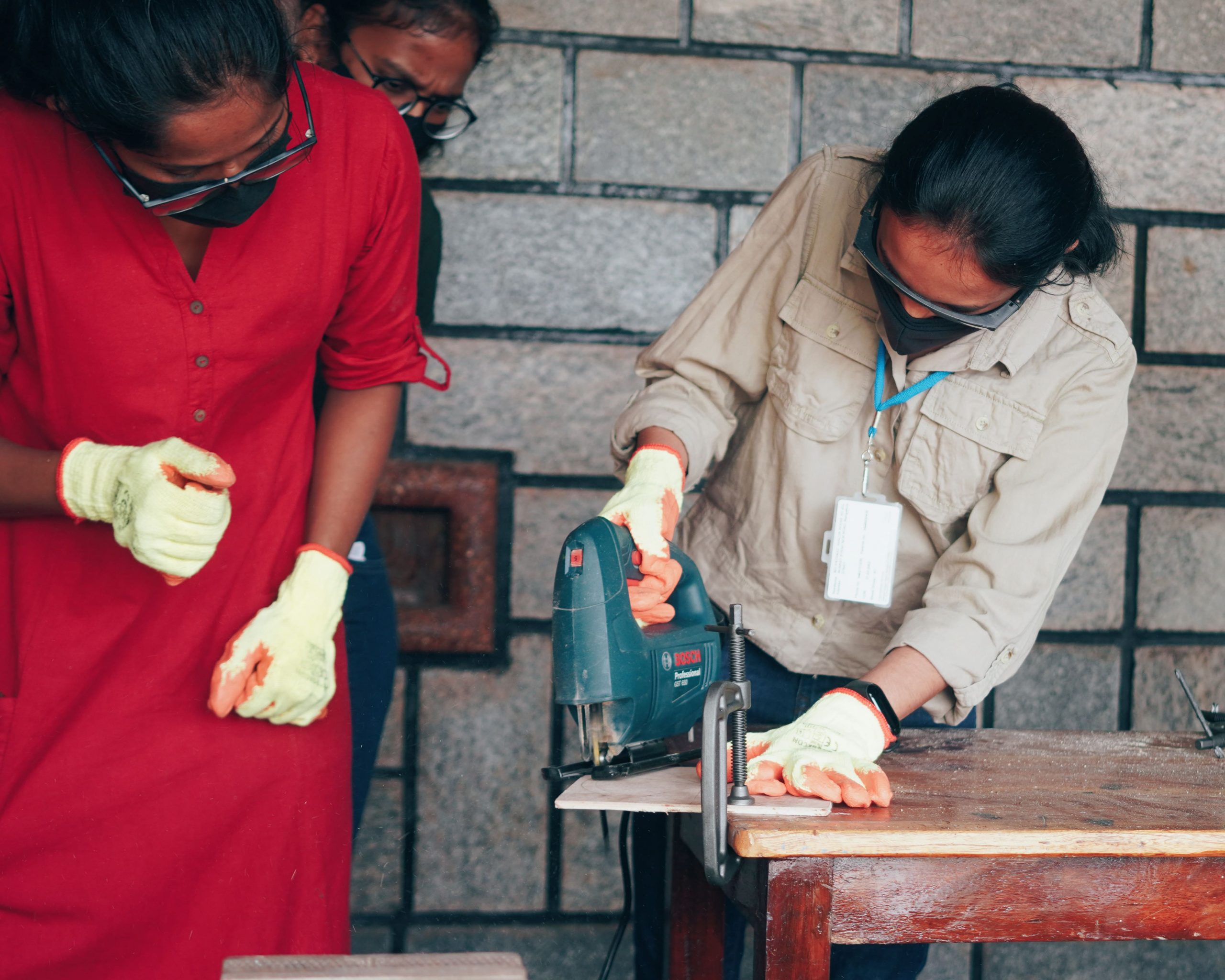
Overview
This course covers the nuances of building great prototypes. This is a completely hands-on course where students are introduced to a variety of physical and digital tools that can aid them in the process of building hardware and software projects. The course is comprehensive in its use of machines benefiting students from a variety of domains. With activities involving wood art, CAD modelling and laser cutting, the course touches upon all the essentials that an innovator needs to create, all in a span of 12 weeks
Course Outcome
- Apply product design and development process to build prototypes
- Acquire essential skills such as sketching, CAD Modelling, User interface design & Electronics circuits building to develop a prototype
- Build prototype using rapid prototyping tools for the ideas that can solve the identified problem
FORMAT : Hybrid
START DATE : Starting Soon
DURATION : 24 Hours
HOURS PER WEEK : 2 HOURS
NO OF VIDEO CONTENT : 12
NO OF ASSIGNMENTS : 6
Syllabus
Course Syllabus
Getting started with Prototyping
Week 1
Students will be given an overview of the syllabus along with a brief summary of prototyping. This will be followed by a design challenge where students will be asked to build basic prototypes with day to day objects such as popsicle sticks, straws or cardboard.
Paper Prototyping
Week 2
This is another session on building low fidelity prototypes. Creating quick prototypes using simple tools like pen and paper acts as a kickstarter in prototyping. Students will work on a case study to build a paper prototype of an idea and will be asked to present it in class.
UI UX Design
Week 3
How cool will it be to test your paper prototypes in real time phone apps? Students build dynamic working prototypes of web/app screen interfaces using Figma. The students learn the basics of user interface design and experiment with the tools on the platform.
Power Tools & Materials Session 1
Week 4
Work with tools like jigsaws, drills, palm routers, angle grinders to cut, grind, and sand various materials to build cool prototypes of your ideas. In the first session students learn the do’s and don’ts of the machinery and get a feel of using these tools.
Power tools and materials session 2
Week 5
This session encourages students to work in teams and take turns with the available tools to carve out creative designs that can be displayed in classrooms. The session is designed to be a challenge to create an environment of healthy competition.
Basic Electronics
Week 6
Students learn how simple electronics circuits are designed and build circuits using Tinkercad. They are introduced to electronic components and concepts of circuit design. This session will help students to understand how they can perform simple operations using electronics.
Microcontroller
Week 7
This session introduces students to the concept of microcontroller. They will learn the functioning of a microcontroller and ways to connect electronics components to the board. They will program the board to perform basic operations like controlling an LED, using push buttons to operate an LED etc.
Code with Arduino
Week 8
This session introduces students to Arduino – a microcontroller, to control various electronic components and sensors. They will write computer programs to perform specific tasks like controlling a servo motor, building detecting circuits using ultrasonic sensors, PIR sensors and many more.
3D CAD Modelling
Week 9
In this session on 3D modelling students will learn to create models using “Onshape”. They will be introduced to tools and features in onshape, using which they will be able to create customised parts based on the requirements of the project.
3D Printing
Week 10
Students are introduced to 3D printing technology wherein they will use a 3D printer to print parts designed using the CAD softwares. They will learn to export CAD models, pre-processing the 3D models before printing and finally operating a 3D printer to print parts.
CNC machine, Laser Cutting & Vinyl Cutting
Week 11
Computer Numerical Control (CNC) machines like Routers, Laser cutter, Vinyl cutters, help students to machine the materials to build prototypes. Students will learn to export files compatible with the machines and operate them to cut various materials to create parts for their project.
Prototyping Challenge
Week 12
In the final session of the course, students will work on a design challenge along with their team to build a prototype for the problem statement. Students will put their knowledge to the test and build prototypes using the tools and machines learnt throughout the course.
learning experience
HOW YOU LEARN
tools you will learn
- Paper Prototype
- Figma
- Power tools
- Basic electronics
- Microcontroller
- CAD Modelling
- 3D Printing
- Laser cutting
- CNC
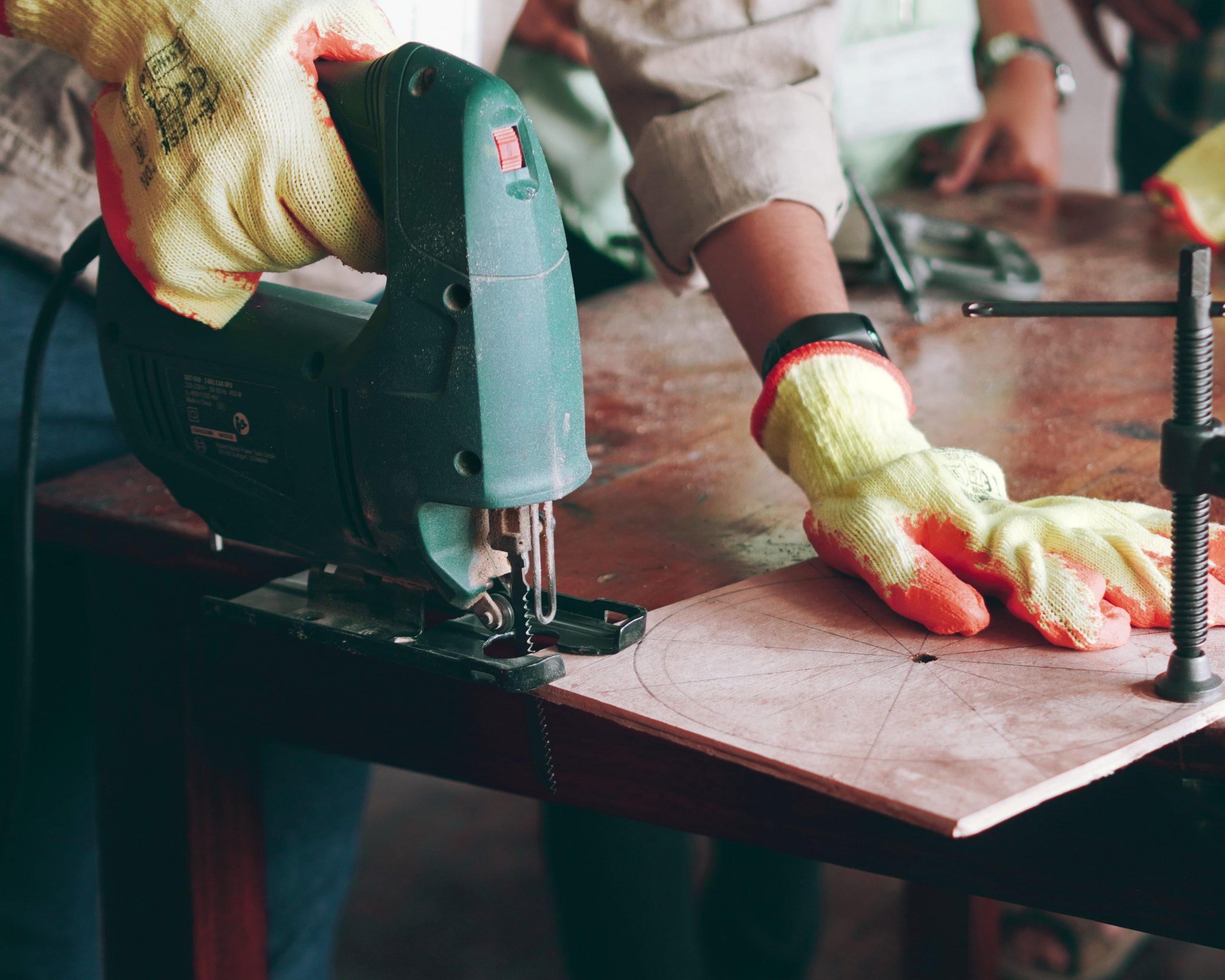
SKILL
EXPERIMENT WITH YOUR KNOWLEDGE!
Game Workstation
PCB Milling Machine
Power Tools
Laser Cutter
3D Router
Kinetic/3D Scanner

Oscilloscope
Variable Power Supply
Hand Tools
Vinyl Cutter
3D Printers
Soldering Stations
CNC Shaper
ARC Welder
MIG Welder
Welcome to the learning of Tomorrow
Fill in your details and we will call you back

